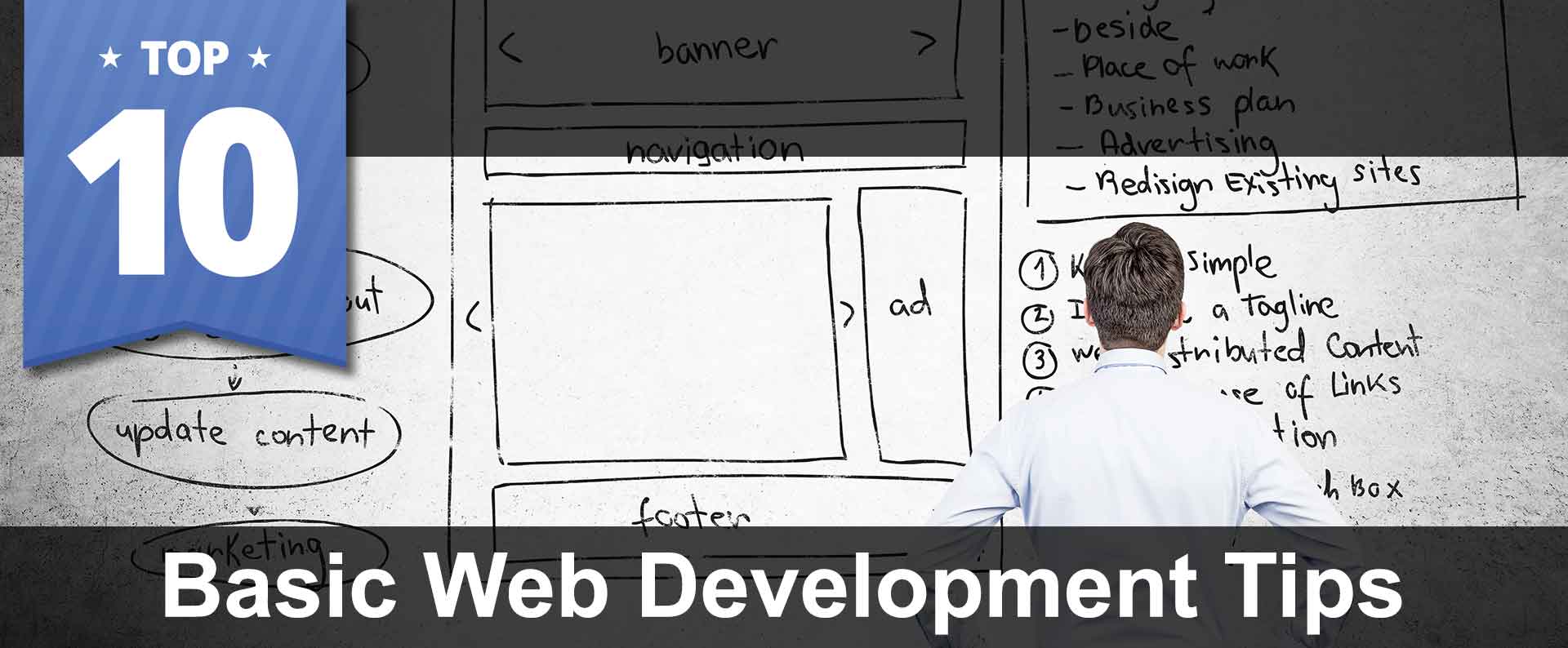Regardless of industry, the following are essential standards for a website to be effective and successful:
-
Minimal Loading Time
People rarely wait longer than a few seconds for a site to load before moving on (3 seconds according to Website Grader). All website pages, including the home page, should be quick to load.
-
Relevant Graphics
Keep graphics relevant and simple. Graphics should provide a visual aid to the user in understanding the related content.
- Too many graphics can be distracting
- Graphics that are not properly optimized may slow loading time. This can result in irritating visitors on mobile connections.
-
Identify the Purpose
Who, What, Where, When, Why, and How?
Clearly identify the purpose of the website, company, employees, the customers to be serviced, and so on. These questions should easily be answered upon first reaching a website.
-
Simple & Coherent Design
Make sure the design lends to a positive experience.
- The overall design should be simple, intuitive, easy on the eyes, with a logical and easy to understand layout.
- There should be no question as to the meaning of any design element.
- Utilize a non-obtrusive color scheme for website development.
- Colors are known to have affects on visitor moods.
- A white background is ideal for black text; it's proven easiest for visitors to read and unobtrusive.
- Let product and service images add color and excitement to the website page in question.
-
Consistent Navigation
The navigation menu should be uniform and easy to access throughout the website. Every page in a website should allow visitors to easily navigate to any other section of the website.
Inconsistent navigation schemes lead to frustrated users:
- such as no way to return to the previous page,
- or when the navigation menu changes location,
- or when the method of navigation changes from page to page.
-
Frequent Updates
A website regularly offering new and useful information is going to have better search engine ranking, as well as gain more return visitors; versus a site that contains stale information.
- Updates can be about the company,
- tips on selecting the best service for one's needs,
- or other industry related news.
-
Cross-Compatibility
It is important that a website be compatible across multiple browsers, platforms, and devices.
- Popular browsers today include Safari, Google Chrome, Firefox, Microsoft Edge, Opera, etc.
- Platforms can range from a desktop, laptop, tablet, or the largest market: smart-phones.
- Ideally a website should run on any platform, whether a laptop or a smartphone, without the user having to access a completely different interface or navigation requirements per platform.
- Mobile-friendly (responsive) websites are listed first in Google searches.
-
Request Feedback
Ask visitors for feedback and if they found what they were looking for. Visitor feedback is very valuable to improving a website and converting more visitors into sales, resulting in growing the business.
-
Call to Action
- Use headlines effectively to draw visitor attention to take action, contact, or purchase from the website NOW.
- Clearly and concisely instruct the user how to move forward to complete the goal; leaving no uncertainly as to how to proceed.
Utilize social medias such as Facebook, Twitter, Instagram, LinkedIN, and Alignable to prompt customers to talk about company services and business interactions for free Word-Of-Mouth advertising.
-
Error Free
A website full of errors -- whether grammatical, spelling, or programming/coding, will rarely win the sale when compared to a website that is professional and polished. Take the extra time to fully review and edit the website to avoid mistakes that could look embarrassing for the company, and potentially lose sales.
Regardless of industry, every business website should adhere to the above guidelines to be successful. Failure to do so can result in lost sales, decreased revenues, and fewer prospects converting to customers.













